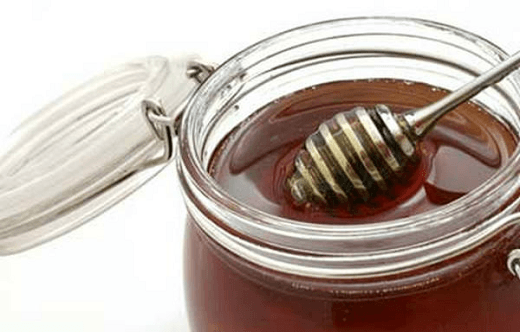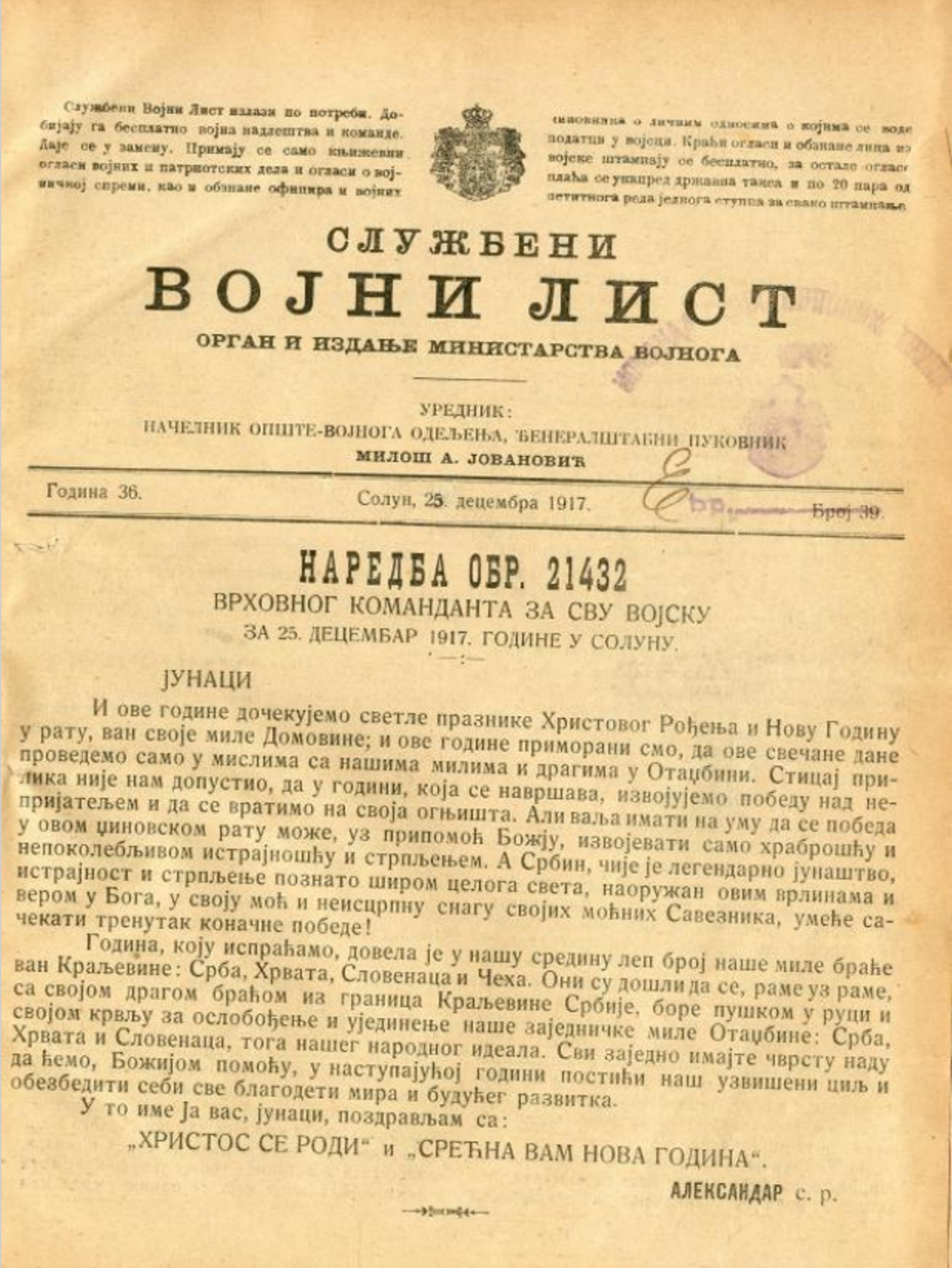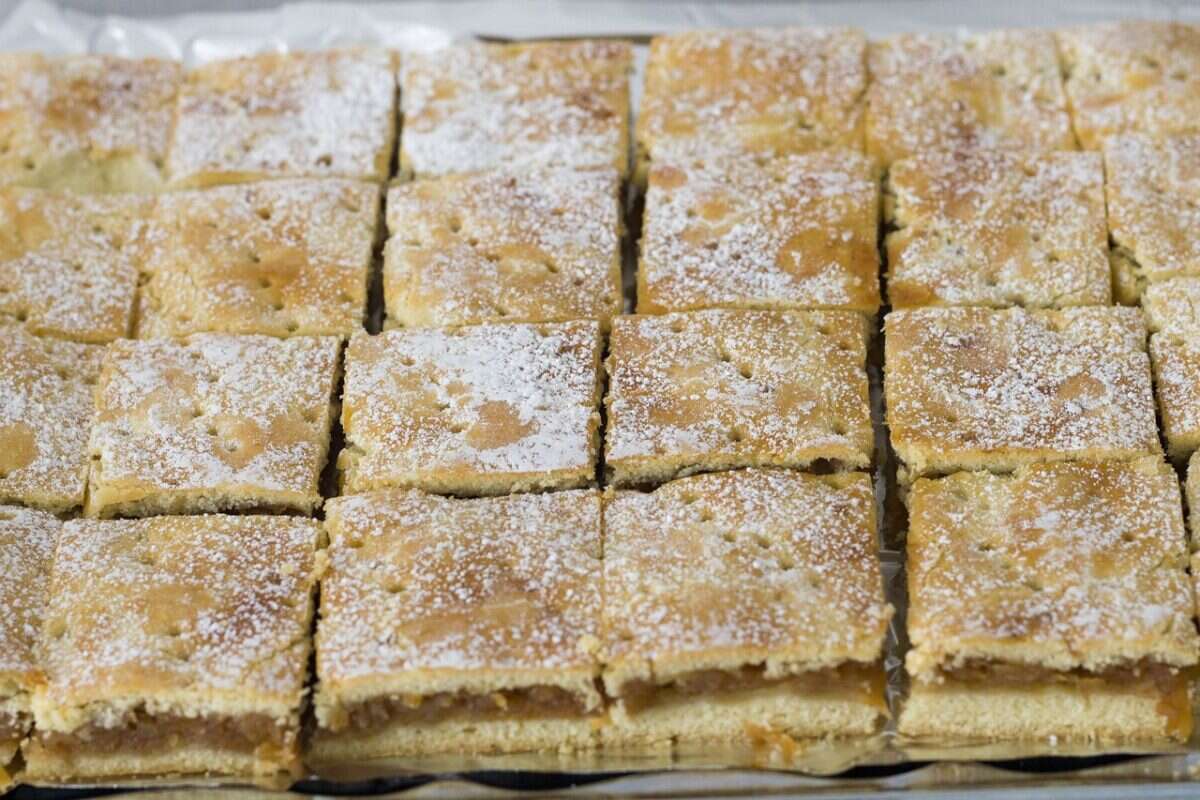 MED - food of pharaohs and kings. Like other bee products, with has been used for centuries in human nutrition, in cosmetics, and is also used for canning, because pure honey is not susceptible to spoilage. (In the Egyptian pyramids jars were found with honey, which almost completely retained all its properties). Honey is also one of the few products in human nutrition that cannot be produced industrially.
MED - food of pharaohs and kings. Like other bee products, with has been used for centuries in human nutrition, in cosmetics, and is also used for canning, because pure honey is not susceptible to spoilage. (In the Egyptian pyramids jars were found with honey, which almost completely retained all its properties). Honey is also one of the few products in human nutrition that cannot be produced industrially.
And mostly we all know that it is very good for our health. Although it has many medicinal properties, honey is not a medicine. It is a supplement to our diet and is taken preventively to help our body fight.
With, in chemical terms, represents a complex mixture of various active substances, such as
various sugars (up to 76% /fructose (about 41%), glucose (34%), and sucrose (1-2%)/), water (about 18%), and other ingredients (about 6%), which are the cause differences between individual types of honey and give it a specific color, smell and taste. With contains small amounts of minerals (calcium, iron, magnesium, manganese, potassium, sodium, phosphorus, copper, cobalt, iodine, selenium, chromium...), then vitamins (B1, B2, B5, B6, C, D, E, K ), enzymes, hormones, inhibins, organic acids (formic, malic, citric, amber, etc.), proteins and flavonoids. But, as these substances are digested very well and quickly in the human body, we can say that they are almost completely used, hence all the benefits of honey for our body.
Forest honey
When you ask the beekeeper for forest honey, and he tells you that it doesn't exist, I suggest you ask about the qualifications of that beekeeper as well as the quality of his honey.
Forest honey we do not call honey obtained from acacia, linden, chestnut... forests. Such honey has its specific name after the type of wood that prevails in the given forest - acacia, linden, chestnut... honey. These are flower honeys, because bees collect nectar from honey-bearing flowers.
Forest honey is not flower honey beekeepers collect it less often, and prioda does not gift us with it every year.
Forest honey, honey is obtained in Serbia (as well as in the Balkans and other parts of the world) from honeydew (honeydew, "mana"). These are "honey" drops secreted by the leaves of bushes or trees that have been attacked by plant lice, and they most often "attack" evergreen trees. The bees collect that honeydew, carry it to the hives, raid it, and that's how we get a very high-quality and tasty FOREST honey. Forest honey is dark in color, and these colors vary. Depending on the tree from which honeydew predominates, they can be dark red, brown, green, and even completely black in color.
Some beekeepers think that this is not honey and do not want to collect it even when it is available. Still others value this type of honey very much and move their hives to places where honeydew appears. However, every experienced beekeeper knows about this type of honey (especially beekeepers from Homolje) and at least once in his beekeeping experience he has had the opportunity to collect it, if not for sale, then at least for the winter nutrition of his bees.
Forest honey is highly valued by the people for its ability to soothe inflammation of the skin and mucous membranes, so it is recommended for inflammation of the throat and respiratory tract, and it can also be used for minor skin injuries. Also, it is rich in minerals, so it is recommended to take this honey for athletes, convalescents, children, pregnant women and the elderly to strengthen immunity.
Forest honey has an intense smell and taste, so not everyone likes it. People with a sensitive stomach should not take pure honey, as it can cause increased acid secretion.
Pine honey is a specific type of honey that can only be collected in Siberia, so it is often called Siberian forest honey. It has similar properties to our forest honey, so there is no need to search for it and pay more for it than our domestic forest honey.
And forest honey, like all other natural honeys, has the property of crystallization. If crystals (dense and solid honey) bother you, you can "melt" it by submerging the jar in a bowl of warm water (not hotter than 50 C) and with occasional stirring you will get liquid honey.
Also, honey should not be put in hot drinks, because it can lose some of its medicinal properties.
And to repeat, forest honey, like all types of honey, is an extremely healthy addition to our diet.
Forest honey is best used every morning, one teaspoon before breakfast (if necessary, more), or dissolved in lukewarm water, milk, tea, and even better in apple cider vinegar.
Forest honey should be stored at room temperature, without the influence of direct sunlight.
Marijana Primc Anastasijevic
Read more:
If you are interested in all our recipes, click on the link: RECIPES. Collections of the best recipes of our collaborators can be found in the cook section, if you want to read more, click on the link: COOK. If you want to see our front page, click on the link: RECIPES AND COOK ONLINE homepage. If you want to see all the texts from the Tips category, click on the link: TIPS.
Don't miss a recipe - Recipes and cookbook online on Facebook. Stay tuned, follow the Recipes and Cookbook twitter notifications!








